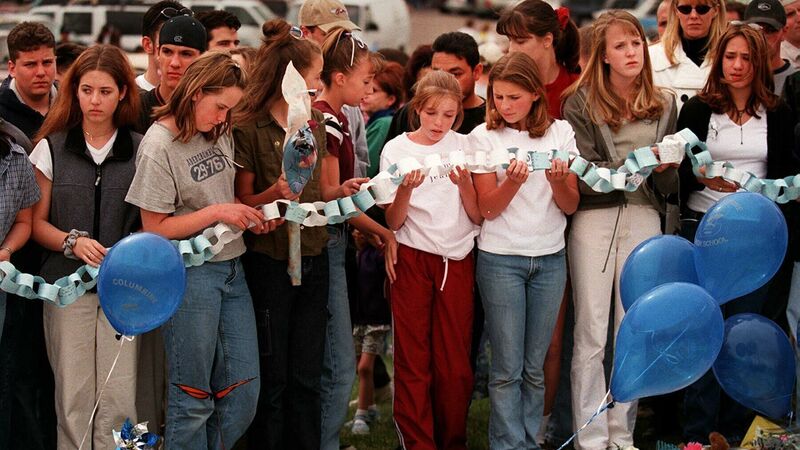Irish Examiner view: US students have witnessed 404 school shootings since Columbine

Grief-stricken students praying in Littleton, Colorado on Wednesday, April 21, 1999, after the mass shooting at Columbine High School. Picture: Patrick Davison/Rocky Mountain News/AP
















